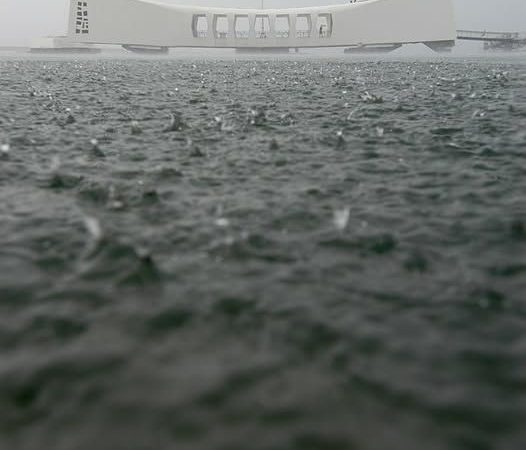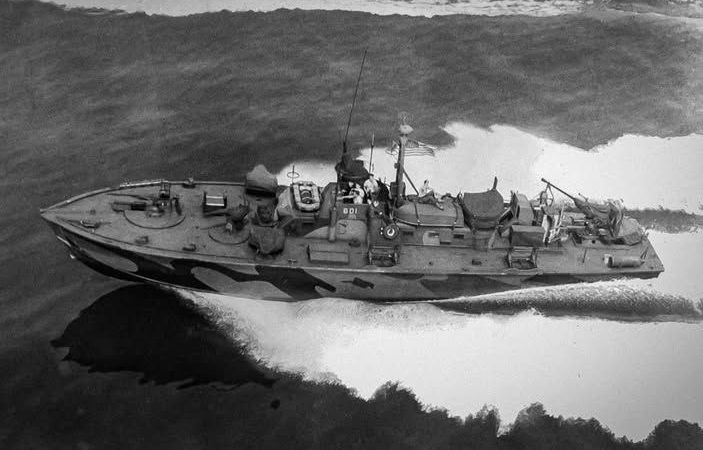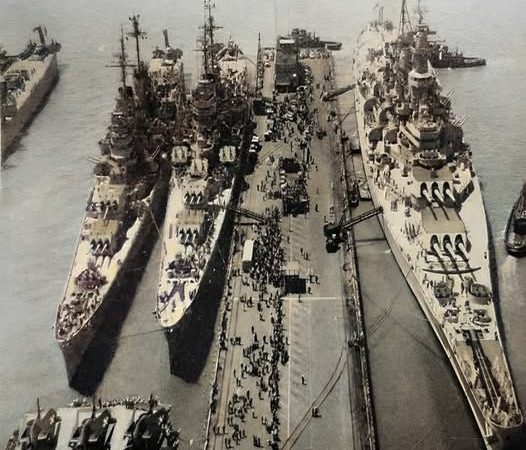Soviet Battleship Marat: Striking Power in the Great Patriotic War
The Soviet battleship Marat, a symbol of the Soviet Union’s naval power during World War II, played a critical role in the defense of Leningrad and other key operations during the Great Patriotic War. Originally launched in 1911 as Petropavlovsk for the Imperial Russian Navy, the ship underwent significant modernization during the 1920s before being renamed Marat in 1921 after the French revolutionary leader Jean-Paul Marat.

The Marat was part of the Gangut-class battleships, which were built to bolster Russia’s Baltic Fleet. Though not the largest or most advanced battleships of the time, the Gangut class represented Russia’s commitment to defending its maritime borders and asserting its naval presence in northern Europe. After the Russian Revolution, Marat became a key asset in the Soviet Navy’s efforts to rebuild and modernize its fleet.
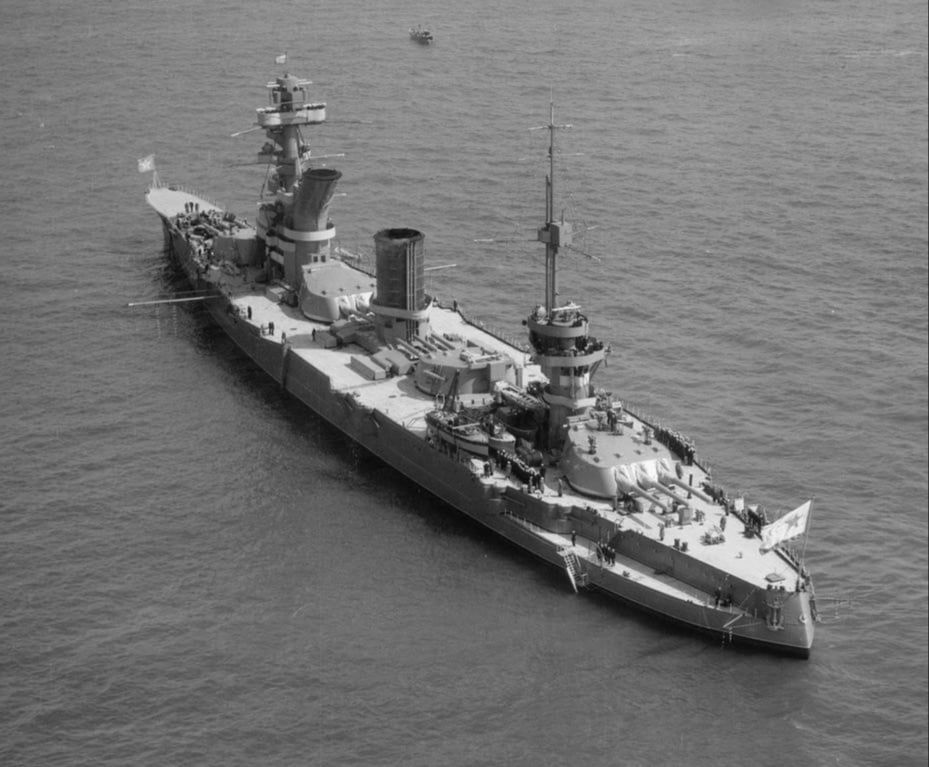
During the 1920s and 1930s, Marat was modernized with improved armament, radar systems, and anti-aircraft guns, reflecting the Soviet Navy’s focus on preparing for potential conflict. However, it was not just the ship’s hardware that saw upgrades. The crew underwent extensive training, transforming Marat into a formidable force.
By the time Nazi Germany launched Operation Barbarossa in 1941, Marat had been assigned to the Baltic Fleet, where it was positioned to protect the strategically vital city of Leningrad. The siege of Leningrad became one of the longest and most brutal confrontations of the war, lasting from September 1941 until January 1944.
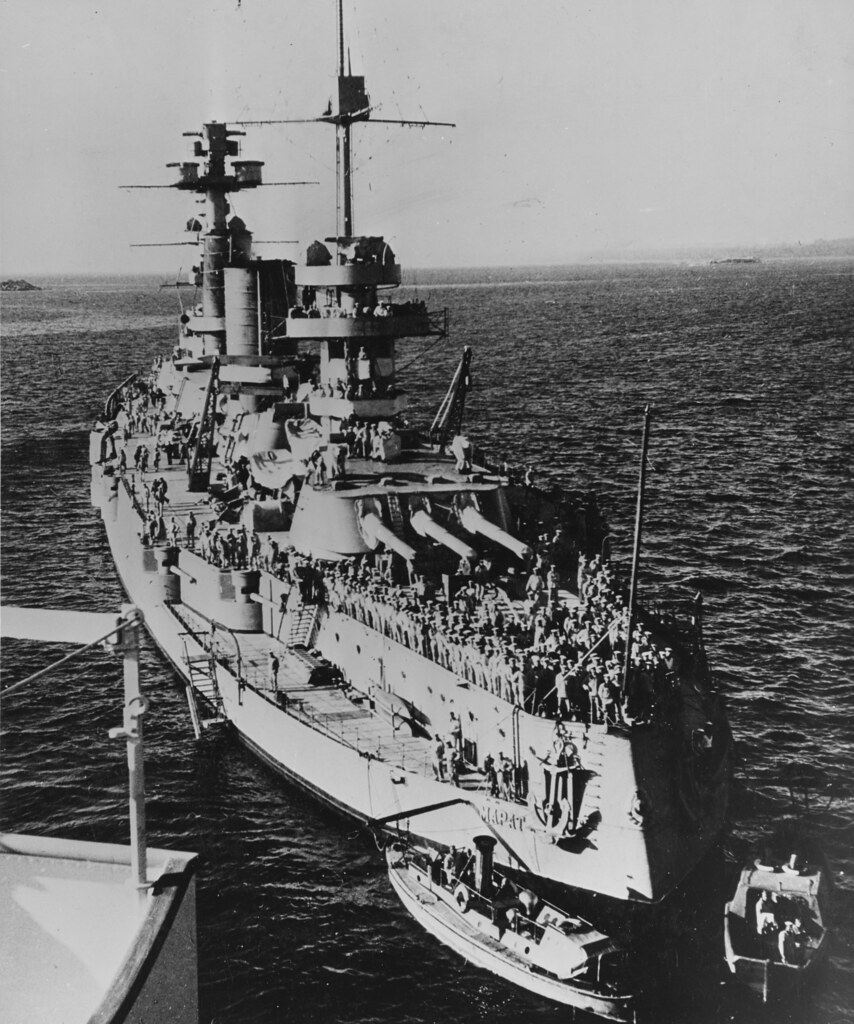
During this siege, Marat provided crucial firepower in support of Soviet ground forces, bombarding advancing German units and slowing their progress. Its heavy guns, which could strike deep into enemy lines, proved invaluable in defending the city. The battleship’s contribution was not only military but also symbolic, as it became a rallying point for Soviet morale during one of the darkest periods of the war.
Despite its vital role, Marat was a prime target for German forces. In September 1941, the battleship was struck by bombs during an air raid by German dive bombers, severely damaging the ship. A bomb dropped by the infamous German pilot Hans-Ulrich Rudel hit the ship’s forward magazine, causing a massive explosion that tore off the bow and sank the ship in shallow water. Over 300 crew members lost their lives in the attack.
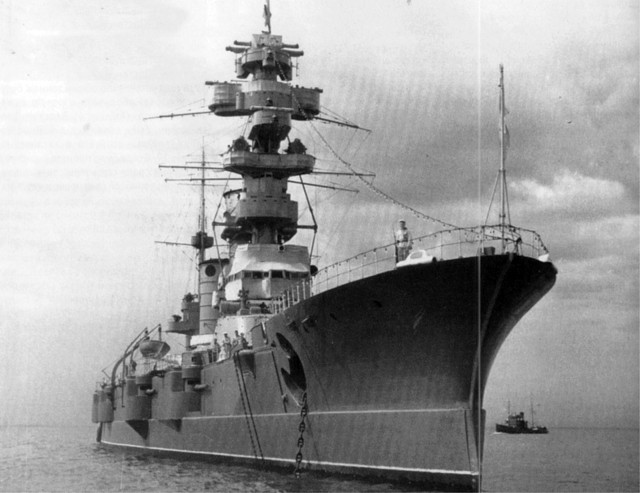
While Marat was partially sunk, it was not entirely out of action. Remarkably, the Soviet Navy managed to refloat parts of the ship and repair its rear guns, which continued to fire on German positions throughout the siege. Though diminished, Marat remained a symbol of Soviet resilience and determination.
After the war, the remains of Marat were used for training purposes, and the ship was officially decommissioned in 1950. Though it never fully recovered from the damage sustained during the war, its contribution to the defense of Leningrad and the Soviet war effort left an indelible mark on Soviet naval history.
The story of Marat is a testament to the sacrifices made by the Soviet Union during World War II. Its resilience in the face of overwhelming odds, even after suffering catastrophic damage, embodied the spirit of the Soviet forces during the Great Patriotic War. Marat may have been damaged, but it never lost its striking power in the fight for victory.

